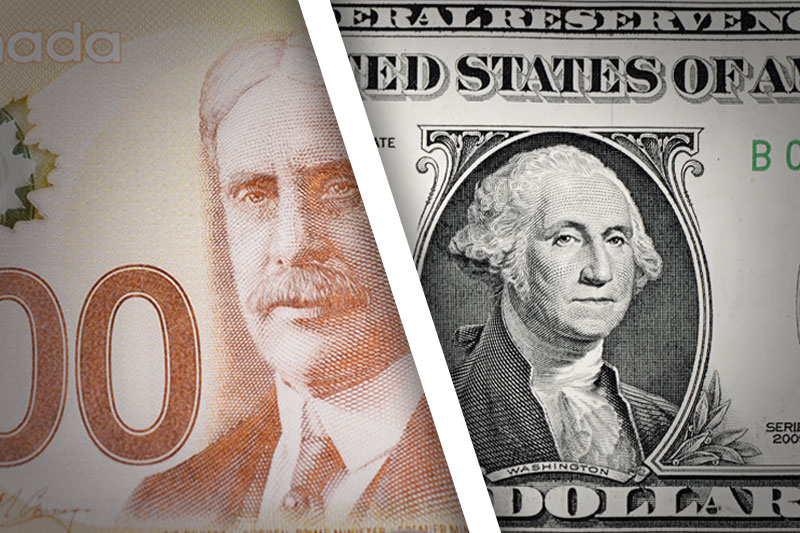Investing.com - The U.S. dollar fell to a session low against the Canadian dollar on Thursday, after official data showed that U.S. jobless claims fell to their lowest level since February 2008 last week and better-than-expected Canadian trade data.
USD/CAD hit 0.9764 during early U.S. trade, the pair’s lowest since Tuesday; the pair subsequently consolidated at 0.9771, shedding 0.46%.
The pair was likely to find near-term support at 0.9734, the low of October 5 and resistance at 0.9833, the session high and a one-week high.
The U.S. Department of Labor said the number of individuals filing for initial jobless benefits last week fell by 30,000 to a seasonally adjusted 339,000, compared to expectations for an increase of 1,000 to 370,000.
The previous week’s figure was revised up to 369,000 from a previously reported 367,000.
A separate report showed that the U.S. trade deficit widened to USD44.2 billion in August, broadly in line with market expectations, as imports outpaced exports.
In Canada, official data showed that the trade deficit narrowed to CAD1.3 billion in August, compared to expectations for a deficit of CAD2.0 billion.
Overall market sentiment was buoyed by hopes that a ratings downgrade on Spain by Standard & Poor’s would force Madrid to formally request a bailout, which investors hope will ease the debt crisis in the euro zone.
S&P cut the country’s credit rating to BBB-minus with a negative outlook late Wednesday, just one notch above junk status, citing “mounting risks to Spain’s public finances.”
The loonie, as the Canadian dollar is also known, was almost unchanged against the euro, with EUR/CAD inching up 0.02% to 1.2642.
Later in the session, the U.S. was to release official data on crude oil stockpiles.
USD/CAD hit 0.9764 during early U.S. trade, the pair’s lowest since Tuesday; the pair subsequently consolidated at 0.9771, shedding 0.46%.
The pair was likely to find near-term support at 0.9734, the low of October 5 and resistance at 0.9833, the session high and a one-week high.
The U.S. Department of Labor said the number of individuals filing for initial jobless benefits last week fell by 30,000 to a seasonally adjusted 339,000, compared to expectations for an increase of 1,000 to 370,000.
The previous week’s figure was revised up to 369,000 from a previously reported 367,000.
A separate report showed that the U.S. trade deficit widened to USD44.2 billion in August, broadly in line with market expectations, as imports outpaced exports.
In Canada, official data showed that the trade deficit narrowed to CAD1.3 billion in August, compared to expectations for a deficit of CAD2.0 billion.
Overall market sentiment was buoyed by hopes that a ratings downgrade on Spain by Standard & Poor’s would force Madrid to formally request a bailout, which investors hope will ease the debt crisis in the euro zone.
S&P cut the country’s credit rating to BBB-minus with a negative outlook late Wednesday, just one notch above junk status, citing “mounting risks to Spain’s public finances.”
The loonie, as the Canadian dollar is also known, was almost unchanged against the euro, with EUR/CAD inching up 0.02% to 1.2642.
Later in the session, the U.S. was to release official data on crude oil stockpiles.
